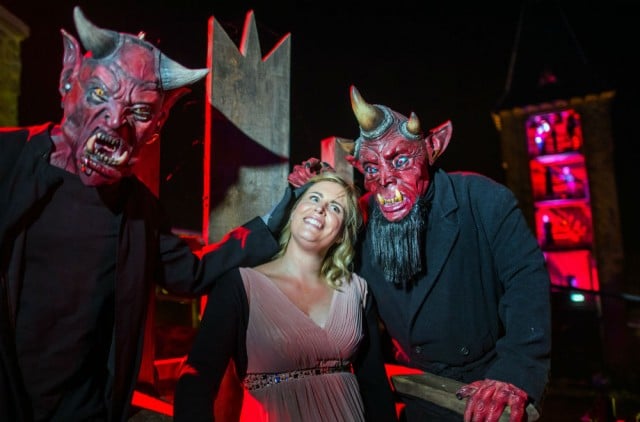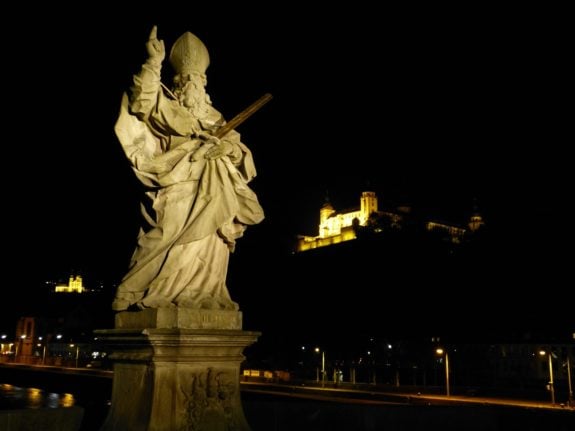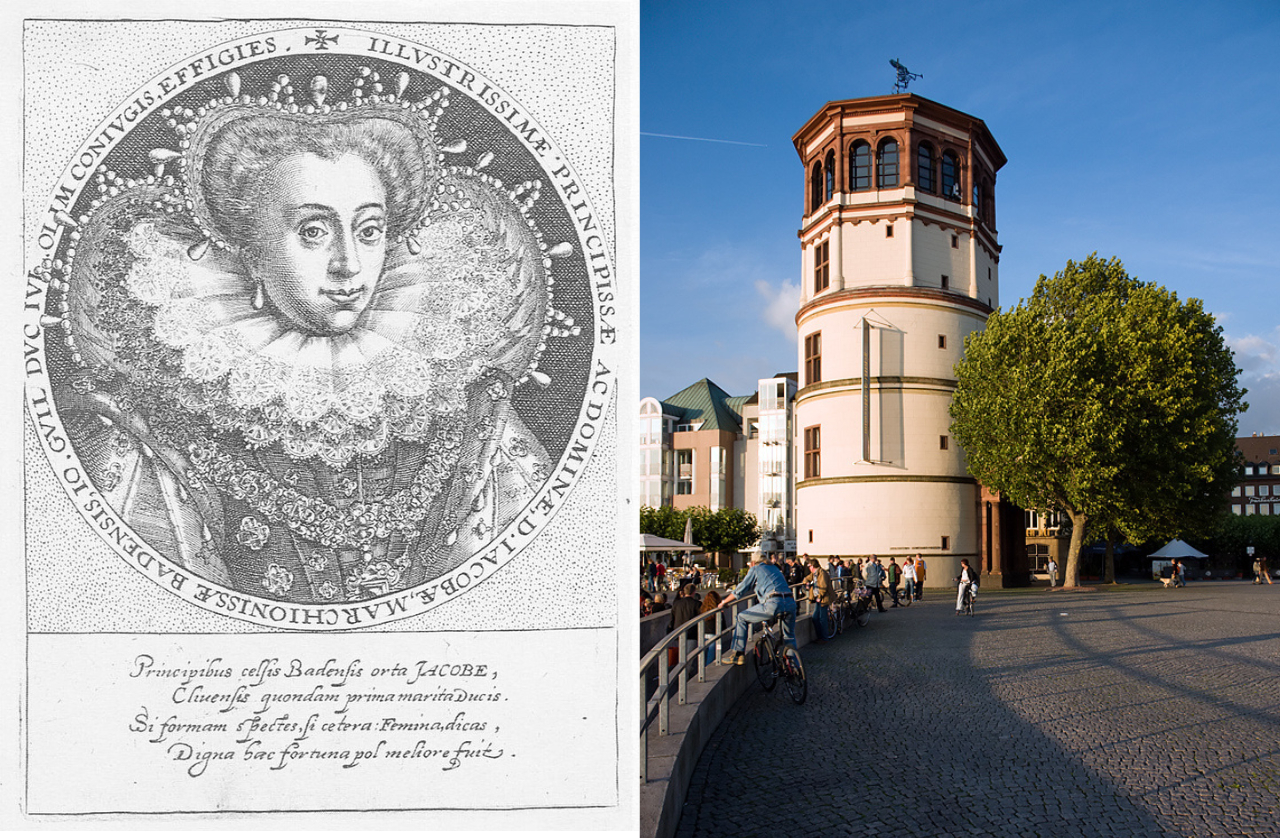In a survey by YouGov published on Tuesday, which collected responses from adults across the country, only about a fifth said they plan on dressing up in a costume this year.
Moreover, 48 percent of respondents fully or partially agreed with the statement that Halloween – as an import from the US – displaces German culture. But 46 percent don’t find this to be the case.
Among young people in the 18 to 24 year old age range, 75 percent do not see Halloween as a displacement of German culture. For people over 35 years of age though, the view prevails that the spooky holiday is a disturbing US import.
65 percent of respondents agree entirely or partially with the statement that the annual tradition is “too commercial.”
The survey also found that almost half of those surveyed – 46 percent – find that “Halloween is only used by many to cause trouble” such as throwing eggs or scaring people.
Speaking of being spooked, 16 percent said they were afraid of being frightened on the street during Halloween. 21 percent of the women surveyed said they were scared of being spooked, whereas only 11 percent of men agreed with this.
 At the Frankenstein Castle in Hesse, Germany. Photo: DPA.
At the Frankenstein Castle in Hesse, Germany. Photo: DPA.
Halloween is traditionally celebrated on 31st October. The holiday has Celtic origins and was established by Irish immigrants in the US at the end of the 19th century. But over the past few decades, the holiday has slowly made its way to Europe.
In Germany, carving jack-o-lanterns, dressing up in costumes and going trick-or-treating has grown in popularity over the years.
Still, only four years ago, the results of a YouGov survey conducted at the time revealed the custom was less popular than it is now.
In that survey, 53 percent of respondents answered no to the question of whether they liked Halloween. But 36 percent said yes while the remaining 11 percent remained undecided.
Interestingly, 81 percent of those surveyed at the time had said they were not bothered that Halloween was “not an original German custom.”





 Please whitelist us to continue reading.
Please whitelist us to continue reading.